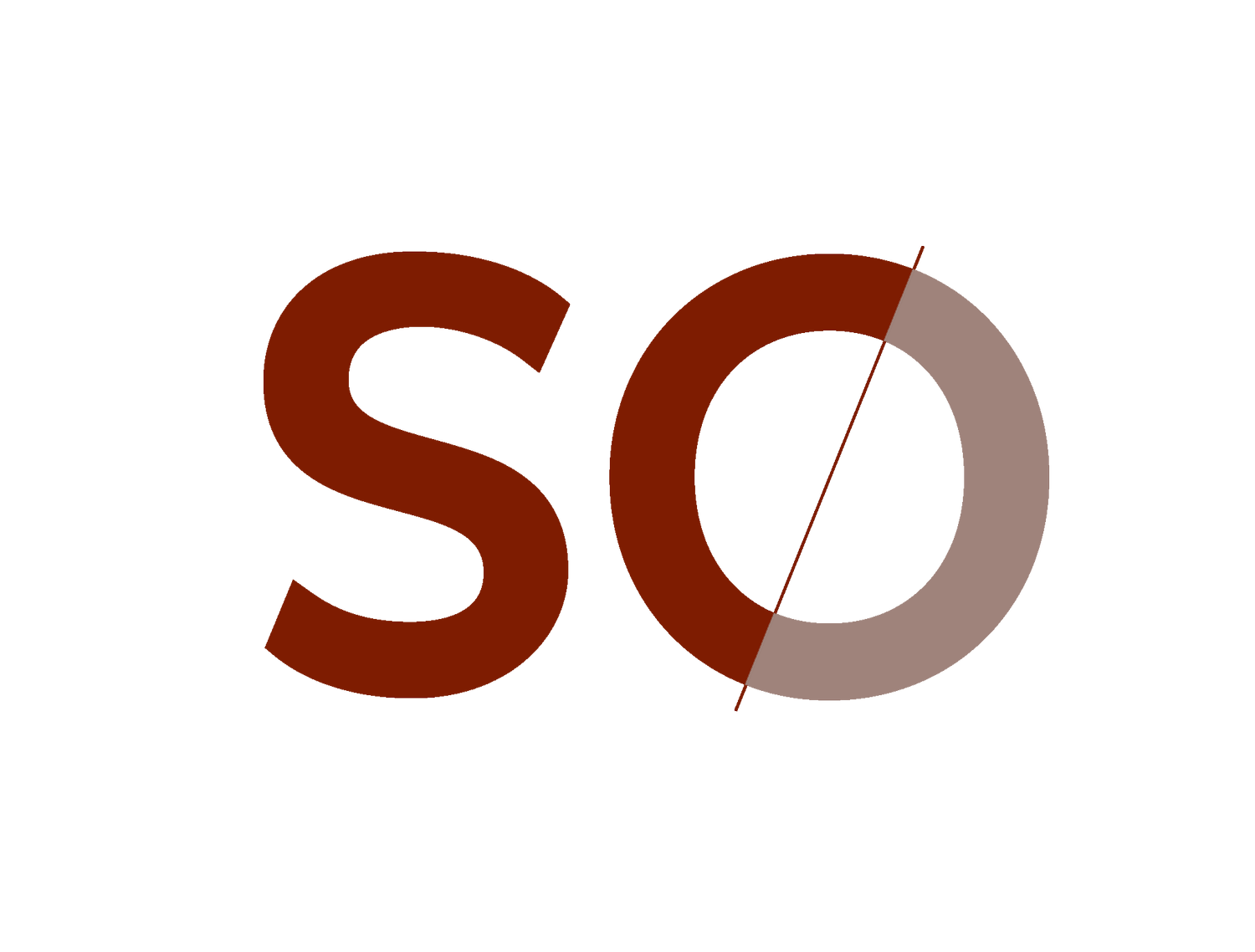HOW TO KEEP WARM – MINIMISE FABRIC HEAT LOSS
Relying only on passive solar methodology to design your home means you only depend on the sun appearance to heat your home in winter. But is it enough?
I constantly hear people complaining that their houses are too cold in the winter and too hot in the summer, and yet there is so many homes being build around that are so poorly deigned. Apart from passive solar it is also good to think about insulating your home and making sure you minimise cost to heat or cool your house by good design practise.
Heat loss basics
In cold environments we want to keep warm by keeping our bodies warm. By far the cheapest and most environmentally friendly way to minimise the heat loss is to insulate ourselves with warm clothing. This also extends to things we touch like carpeting floors and fabric covering chairs to produce low conductivity surfaces (transfer heat through contact with each other).
We can relate this in a similar way to the buildings.
Building heat loss: convection, conduction and radiation
Buildings lose a bit of heat through the transfer to the ground although not too much in Perth climate, a little by radiation especially through windows
But most by convection (heat is transferred by particles moving within a fluid liquid or gas like water or air)
Taking this into consideration there are few points that are worth considering when designing a new home:
The larger the surfaces area the greater the heat loss- Smaller houses will have less surface area and less air volume to heat therefore have lower heat loss
To reduce size without compromising usability is one of the good ways to save on your house efficiency. Simpler forms also have lower surface and less external skin to insulate.
Heat loss is not uniform- think about a soup bowl. It will cool faster if you put it In a thinner bowl then thick one, same windows lose heat faster than walls, so they would need additional insulation for winter nights. Soup also cools faster if you blow on it. Similarly, house surfaces exposed to wind cool faster then sheltered ones or the ones on the southern side of the house where the sun is minimal.
The best practise for the house form therefore must be balanced between compactness to reduce heat loss with maximum north facade area for solar gain, and of course, other points like overheating risk, daylight for comfort, room sizes all in relation to site topography aspects

